Characterising Additive Manufacturing Powders via Inverse Analysis
Recent progress towards achieving additive manufacturing (AM) part certification has highlighted the requirement for a detailed understanding of powder properties related to laser interaction, thermal characteristics and packing behaviour. UK-based small to medium-sized enterprise (SME), LP-3D (now formally part of LPW Technology Ltd) has developed novel hardware and test methods to measure these critical powder properties.
To complement the experimental methods, TWI developed bespoke heat transfer modelling software for LP-3D to solve the inverse problem of obtaining predictions of Ti-6Al-4V powder thermo-physical properties, given experimental data from the LP-3D test rig.
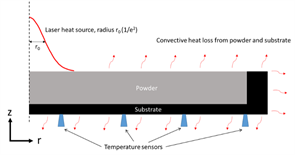
Figure 1. Schematic illustrating the LP-3D test rig. Image:TWI
Experimental hardware
A non-collimated laser beam was used to heat metallic power contained within a cylindrical, thin-walled sample holder, as illustrated in Figure 1. A temperature sensor array was positioned at a fixed standoff distance below the substrate. These sensors recorded the temperature at the bottom surface of the substrate at different fixed positions, as a function of time as the powder is heated by the laser beam.
Inverse heat transfer analysis
A transient, finite difference heat transfer model was developed in FORTRAN to simulate the experimental tests performed by LP-3D. The model allows the user to specify geometry, material properties, thermal loads and boundary conditions, such as laser power, laser heating time and ambient temperature. The user can also freely configure the number and spatial positions of the temperature sensors.
This bespoke software was verified against simulations using the commercial finite element analysis software Abaqus. The software was then used to simulate the LP-3D temperature sensor output for tests conducted on Ti-6Al-4V powders. An example of the experimental data compared to the model predictions is provided in Figure 2.
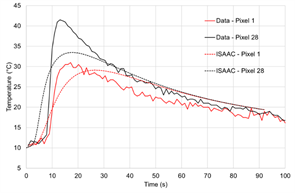
Figure 2. Temperatures predicted by the inverse heat transfer model (ISAAC) compared to experimental data
Inverse analysis based on an advanced Monte-Carlo Markov-Chain (MCMC) algorithm was performed to determine the value of bulk powder thermal conductivity that best fits the experimental data. The thermal conductivity values obtained were consistent across all experimental datasets for different powder layer depths, laser powders and heating times.
Conclusion
A bespoke, inverse heat transfer analysis model was developed by TWI to extract the bulk thermal properties of metal powders. This software was provided to LP-3D as a portable Windows application and is currently in use to support the measurement of powder thermal conductivity at LP-3D.
The work was funded through the Advanced Manufacturing Supply Chain Initiative (AMSCI) – a funding competition designed to improve the global competitiveness of UK advanced manufacturing supply chains.
Source: TWI

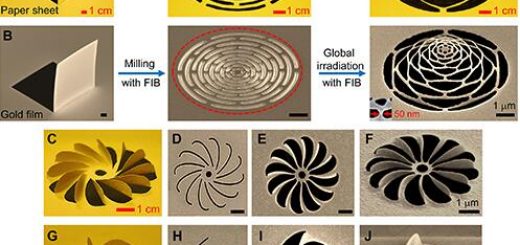
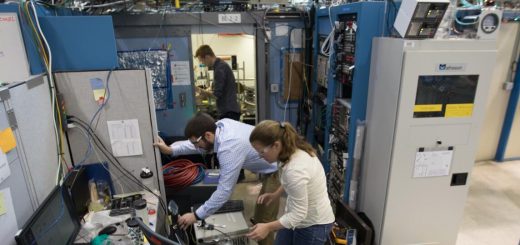
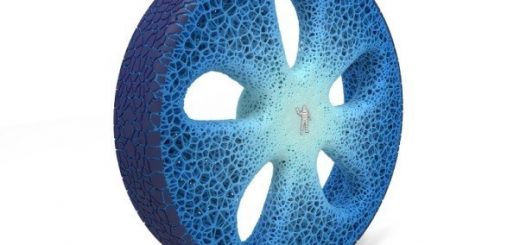
Recent Comments